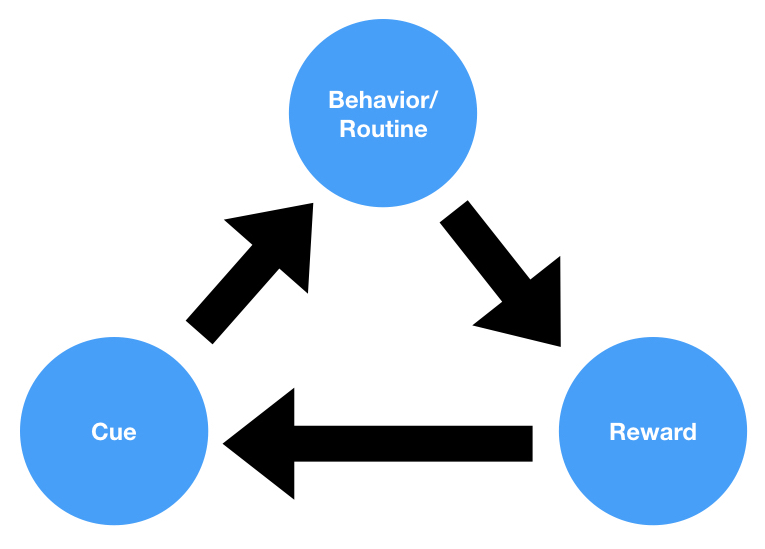What is Explicit Memory?
Explicit memory, also known as declarative memory, refers to the conscious recollection of information such as facts and events. It is a type of long-term memory that can be intentionally recalled and verbalized. Explicit memory is critical for performing activities that require conscious thought, such as recalling a friend’s phone number, remembering the date of an important event, or learning new concepts.
Why is it important?
-
Facilitates Learning and Knowledge Retention:
Explicit memory is essential for the absorption and retention of academic knowledge, allowing individuals to learn and store information.
-
Enables Daily Functioning:
From recalling names to remembering appointments, explicit memory plays an integral role in day-to-day activities.
-
Foundation for Personal Identity:
Memories of personal experiences and knowledge about oneself form the core of an individual’s identity.
How does it work?
The process of explicit memory involves several brain regions primarily in the medial temporal lobe, including the hippocampus and related structures like the entorhinal cortex. It typically follows a sequence of steps:
-
Encoding:
Information is initially processed and encoded into a neural representation.
-
Consolidation:
Over time, encoded information is stabilized and integrated into existing memory networks.
-
Storage:
Long-term storage of information either happens locally in the brain region specifically linked to the type of knowledge (semantic or episodic), or distributed across multiple brain areas.
-
Retrieval:
When needed, the information can be accessed and brought into conscious awareness.
What are its properties?
-
Semantic Memory:
One of the two subdivisions of explicit memory; involves the recall of general facts and knowledge.
-
Episodic Memory:
The other subdivision; involves the recall of personal experiences and events specific to time and place.
How is it measured?
Explicit memory can be measured through various tests and assessments that require subjects to consciously retrieve information. These include:
-
Recall Tests:
Participants are asked to remember information without cues.
-
Recognition Tests:
Participants identify information they have previously seen from a list of items.
What are its relationships to other concepts?
-
Implicit Memory:
Implicit memory, in contrast to explicit memory, is the unconscious memory of skills and how to perform tasks. It is also known as non-declarative memory.
-
Memory Consolidation:
This is the process of transferring new memories from short-term to long-term memory and is crucial for explicit memory formation.
-
Neuroplasticity:
Explicit memory is deeply connected to the concept of neuroplasticity, the brain’s ability to change and adapt as a result of experience.
What are its limitations?
Certain conditions and factors can impair explicit memory, such as:
- Neurodegenerative diseases like Alzheimer’s disease.
- Brain injuries affecting the medial temporal lobe.
- Psychological conditions such as anxiety or depression.
- Age-related cognitive decline.
How is it used?
Explicit memory finds applications in various spheres, including:
-
Educational Settings:
Strategies to enhance explicit memory are used to improve learning outcomes.
-
Clinical Psychology:
Understanding explicit memory is vital for diagnosing and treating memory-related disorders.
-
Forensic Science:
Eyewitness testimony, which depends on explicit memory, is a critical component of the judicial process.
What is its history?
The study of explicit memory has a long history in psychology and neuroscience. Initial understanding began with case studies such as that of H.M., a patient who lost the ability to form explicit memories following surgery. This led to significant insights into the biological underpinnings of memory.
What are its future possibilities?
Future research in explicit memory aims at exploring:
- The molecular and genetic basis of memory formation and retrieval.
- Neuromodulation techniques to enhance or recover lost explicit memories.
- Artificial intelligence and machine learning models to simulate and understand human explicit memory processes.




